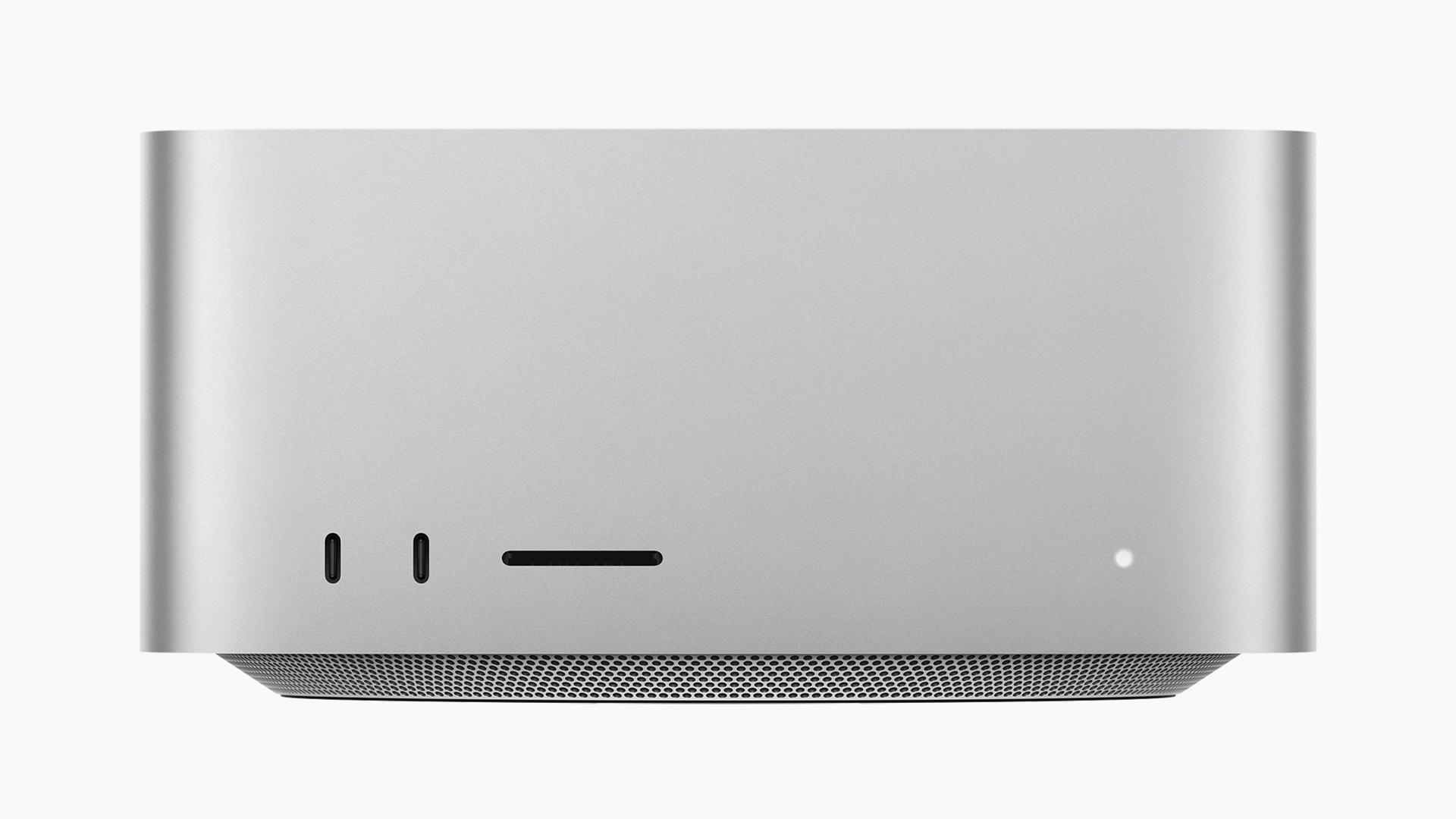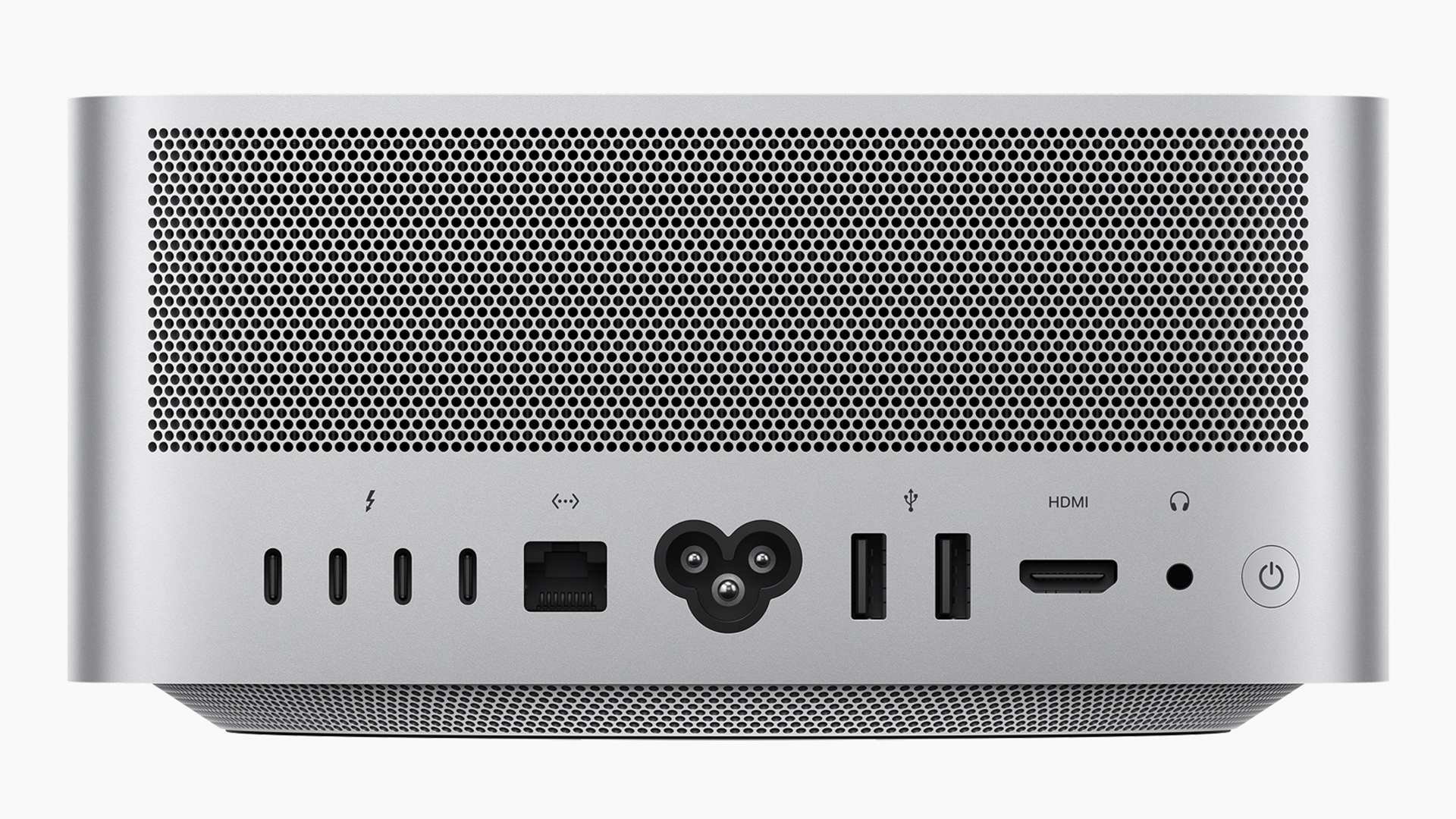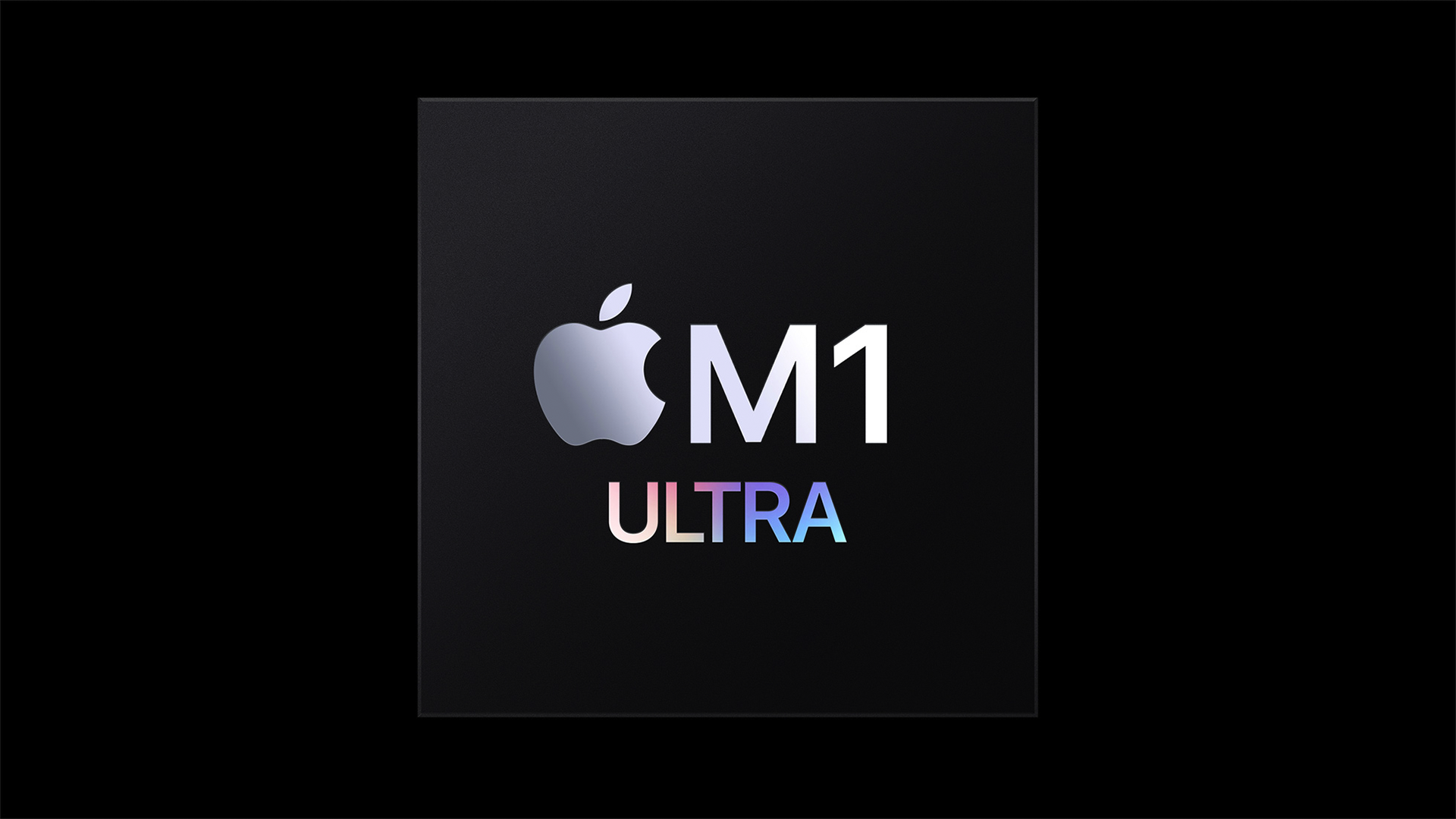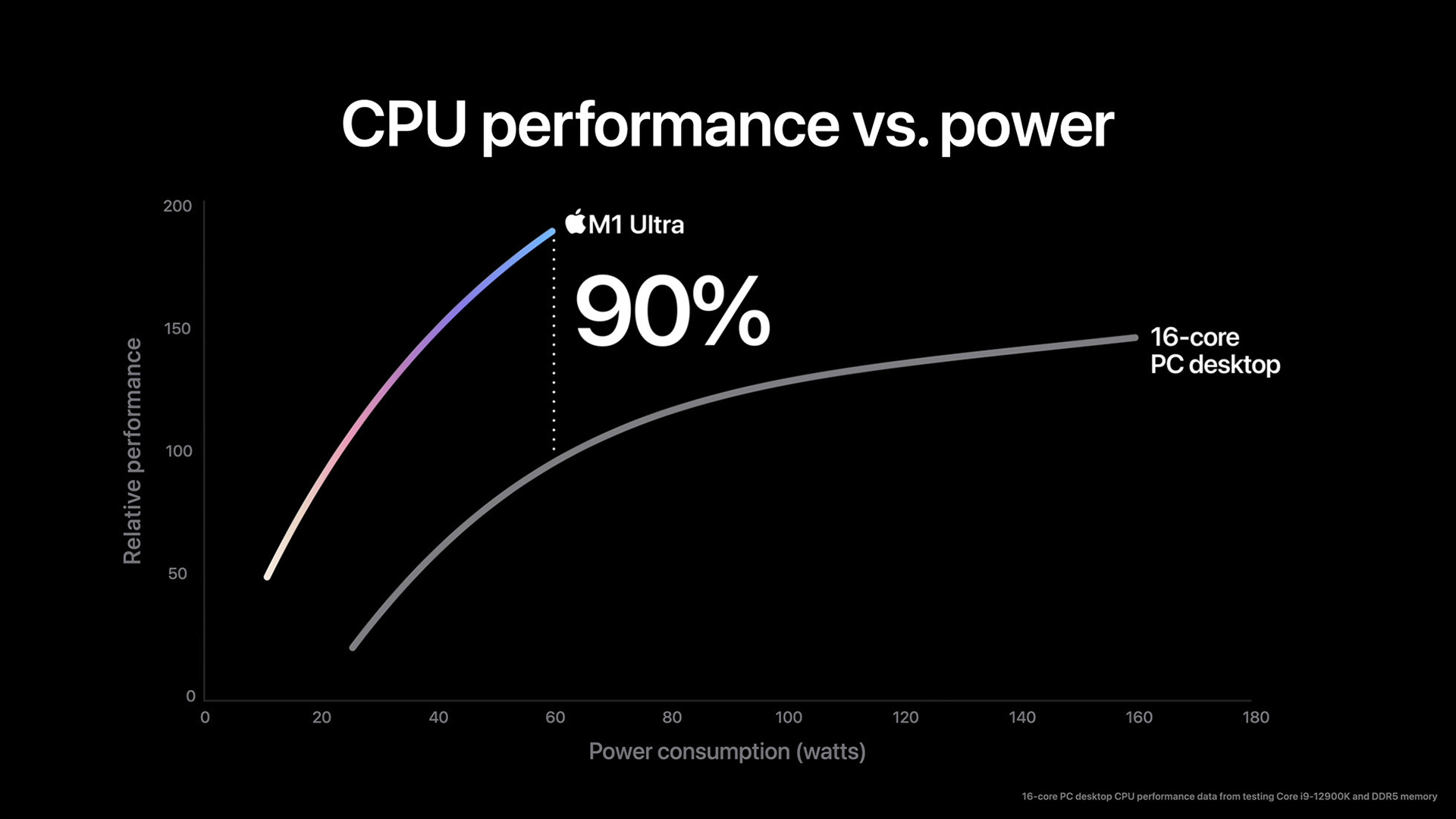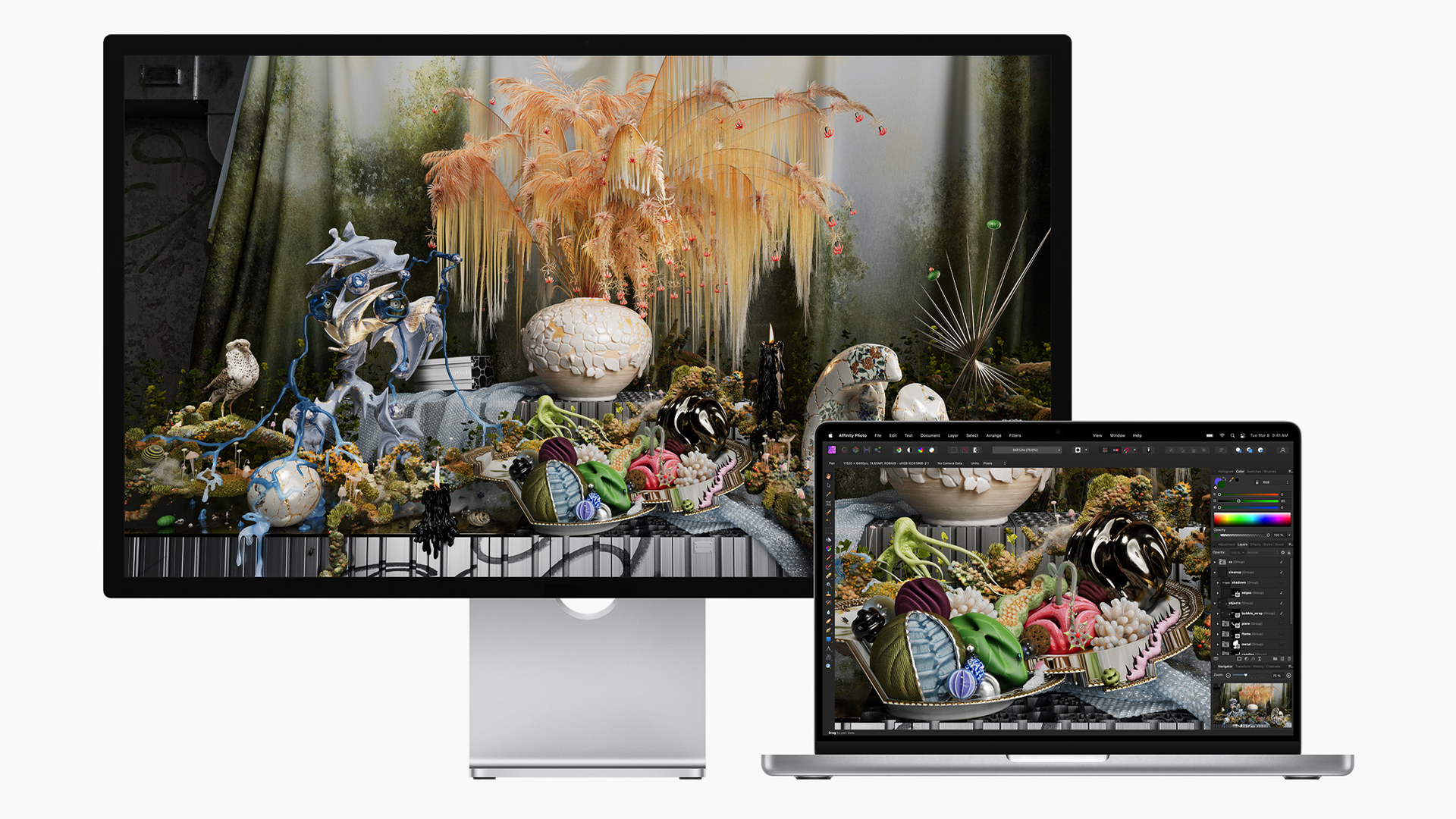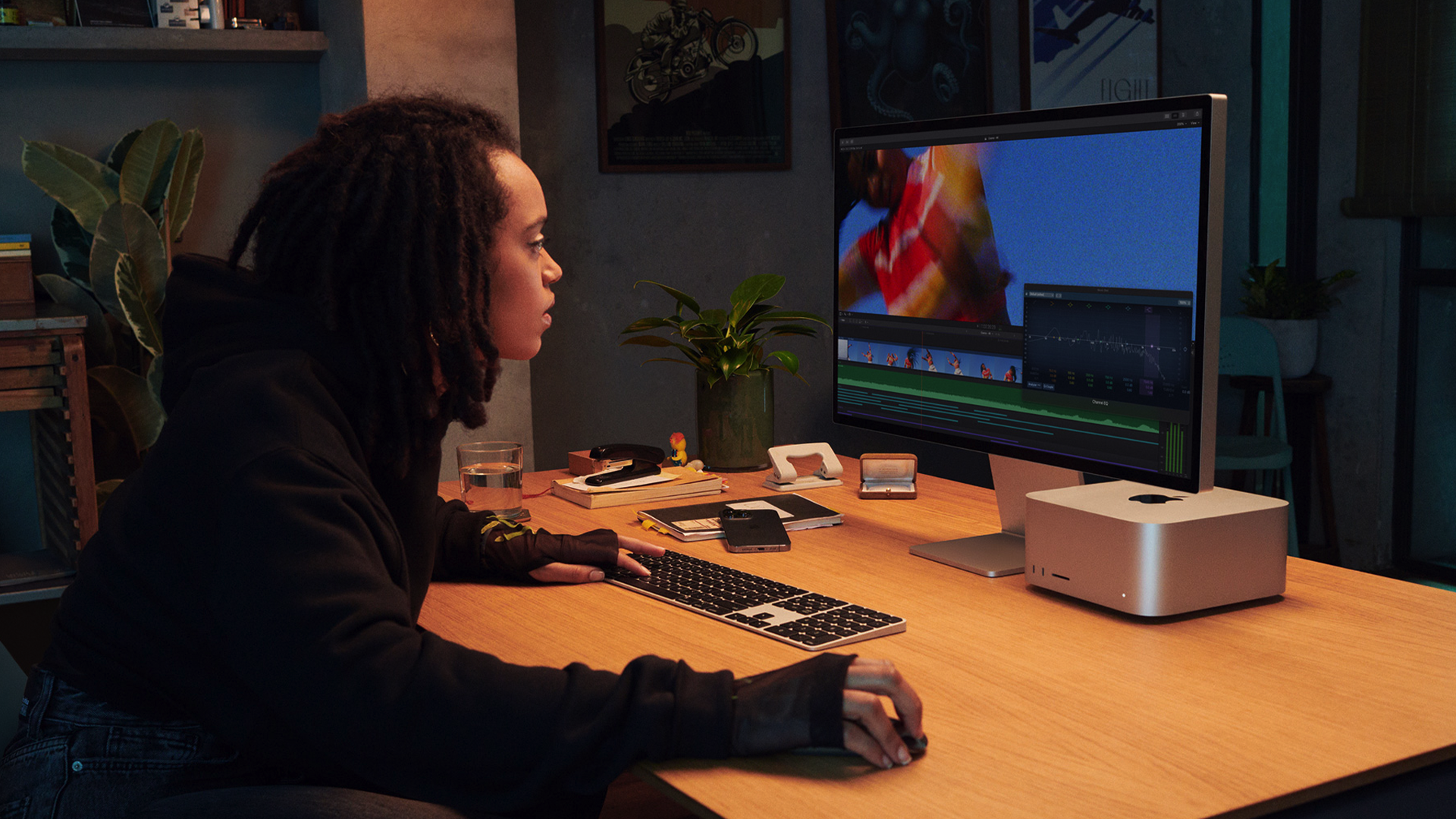Quick Links
And just like that, Apple set the benchmark even higher. The company debuted its outrageous new M1 Ultra chipset alongside the Mac Studio, a new product that will eventually serve as the middle ground between Mac Mini and Mac Pro---though, for the time being, it's technically a Mac Pro replacement.
Apple also launched a new Studio Display, a 5K alternative to the costly Pro Display XDR. Of course, all of these products cost a fortune. But if you're a professional looking to go all-in on Apple, you may find yourself draining your wallet for all this goodness.
The M1 Ultra chipset, Mac Studio, and Studio Display debuted during Apple's Peek Performance event. Apple also announced its iPhone SE 5G and M1 iPad Air during this event.
You can check out all the products announced at Peek Performance in our detailed roundup.
Mac Studio: It's a Mac Mini on Steroids
When Apple announced its M1 Pro and M1 Max chipsets, fans immediately hoped for an upgraded Mac Mini. Well, consider the Mac Studio your upgrade. Apple's newest computer is a beefed-up version of the Mac Mini, and man, it actually manages to blow the current-gen Mac Pro out of the water.
Apple is using the Mac Studio to debut its new M1 Ultra processor, though you can also buy the computer with an M1 Max chipset. As we'll discuss in a second, the M1 Ultra is an outrageously powerful chip, and it offers significant performance gains over Apple's top-notch Intel Mac Pro.
To accommodate these powerhouse hunks of silicon, Apple slipped a powerful thermal system in the Mac Studio. It uses a unique double-sided blower to pull in air from the base of the computer. This air then circulates around the M1 Max or M1 Ultra chip before it's pushed from the computer's backside.
The company also equipped Mac Studio with a crazy I/O selection. On the back of the computer, you'll find an HDMI port, four Thunderbolt 4 ports, a 10GB Ethernet jack, two USB A ports, and a 3.5mm Pro Audio Jack for high-impedance headphones or external speakers. The computer's front features two additional Thunderbolt 4 ports and an SDXC card slot. (And thank goodness---you can use these ports to power at least five high-resolution external displays.)
Of course, all of this internal hardware requires a larger case. Visually speaking, the Mac Studio is just a bigger Mac Mini. It's 3.7 inches tall and 7.7 inches wide; perfect for slipping under a computer monitor, according to Apple.
But what about those fancy chipsets? We'll get to that in just one second---I still need to tell you how much this stuff costs! The Mac Studio with M1 Max starts at a cool $2,000. And because the M1 Ultra variant offers twice the power, it starts at $4,000. (And in case you're wondering, the highest-configuration Mac Studio costs $8,000.)
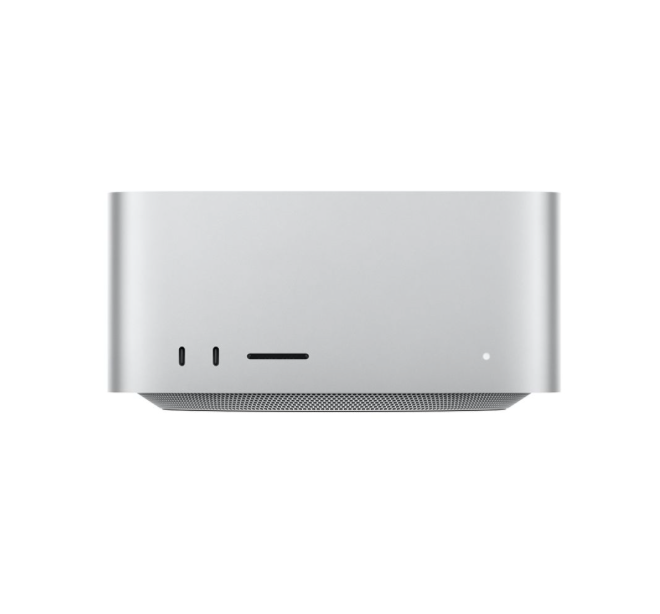
The Mac Studio
Screw it, let's drop a couple thousand dollars on the Mac Studio, Apple's latest desktop computer. It features either the M1 Max or M1 Ultra chipset, depending on how much money you can burn.
M1 Ultra: Double the Power of M1 Max
Up until now, every iteration of the M1 chipset has been bigger than its predecessor---bigger chip, more transistors. But Apple's hit a wall. It can't really get bigger than the 2021 M1 Max. The only way to expand Apple Silicon's capabilities, without creating a second-generation of Apple Silicon chips, is to simply link two existing chips together.
But as Apple explains, wiring two chips together can lead to latency. That's why it secretly integrated die-to-die interconnect technology in its M1 Max processor. This technology lets Apple link two M1 Max chipsets together without introducing latency, and yeah, that's all there is to M1 Ultra.
The M1 Ultra is two M1 Max chips combined. In effect, it features twice the power of M1 Max. There's a 20-core CPU with 16 high-performance cores and four high-efficiency cores. Plus, a 64-core GPU for eight times the graphics power of M1, and 32 neural engine cores for machine learning tasks.
If that's not enough, M1 Ultra features 128GB of RAM, up to 8TB of SSD storage, and 2.5TBps of interprocessor bandwidth. It's about as excessive as you can get, and of course, it makes Intel's latest 12th gen processors look like chopped liver. (Especially in terms of power efficiency---M1 Ultra is about 90% faster than the leading Intel Core chip and uses 100 watts less power.)
If you buy the Mac Studio with M1 Ultra, you'll experience 90% faster CPU performance than if you purchased the 16-core Xeon Mac Pro. That's a genuinely crazy leap in performance, considering that the 16-core Xeon Mac Pro is still a monster of a computer. (I should note that Apple teased an M1 Mac Pro during its event. If you'd prefer the Mac Pro, wait a few months.)
For you video nerds out there, Apple says the Mac Studio with M1 Ultra can play 18 streams of 8K ProRes 422 video simultaneously. No other computers can pull off this task, according to Apple. I'm going to assume that the company is correct, although I'm not sure why you'd want to stream this much video in the first place.
Studio Display: Apple's "Affordable" Desktop Screen
Apple is routinely criticized for its Pro Display XDR, an admittedly fantastic desktop display that costs $5,000 for seemingly no reason. But now, Apple is branching into the "affordable" display market with its Studio Display, a screen that costs $1,600.
Okay, maybe $1,600 isn't too affordable. But Apple is offering a lot to justify that price. The Studio Display features a 27-inch screen with thin bezels and an extremely low-profile aluminum frame. It also packs a 5K resolution, which seems a bit excessive for a 27-inch screen, though I suppose it may be appropriate for digital art or high-res video editing.
And for the teleconferencing crowd, Apple's Studio Display features a 12MP ultra-wide webcam with center-stage support. There's also a three-mic array with a low-noise floor, and most importantly, six integrated speakers with Dolby Atmos and Spatial Audio.
Interestingly, Apple offers three 10GBps USB-C ports in the Studio Display, plus a Thunderbolt 4 port for connecting your Mac. That TB4 port offers 96 watts of power delivery, which is perfect for MacBooks---Apple didn't specify if you can power a Mac Mini or Mac Studio off this display, though.
There are a few downsides here; the Studio Display can tilt 30 degrees up and down, but you can can't adjust its height or swivel it left and right. Apple does offer a height-adjustable Studio Display stand, though it costs money. (If you're willing to spend extra on this screen, I suggest springing for the optional VESA mount.)
I should also note that the Studio Display lacks the Mini-LED technology of Apple's Pro Display XDR. While I'm sure that the screen looks amazing, it probably lacks the deep contrast of Apple's premier desktop display.
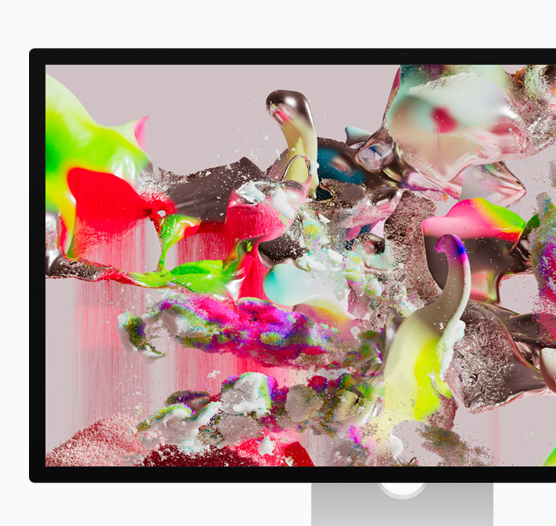
The Studio Display
The 27-inch 5K Studio Display is a media beast, with crazy integrated speakers, a killer webcam, and a three-mic array. Get it now for $1,600.
Along with these new products, Apple announced Silver and Black versions of the Magic Keyboard with Touch ID. The company will also sell its Magic Mouse and Magic Trackpad with black colorways---the company previously discontinued these products despite their insane popularity.
I should note that Apple teased an M1 Mac Pro during its Peek Performance event. We expect that beast to launch in June of 2022.


